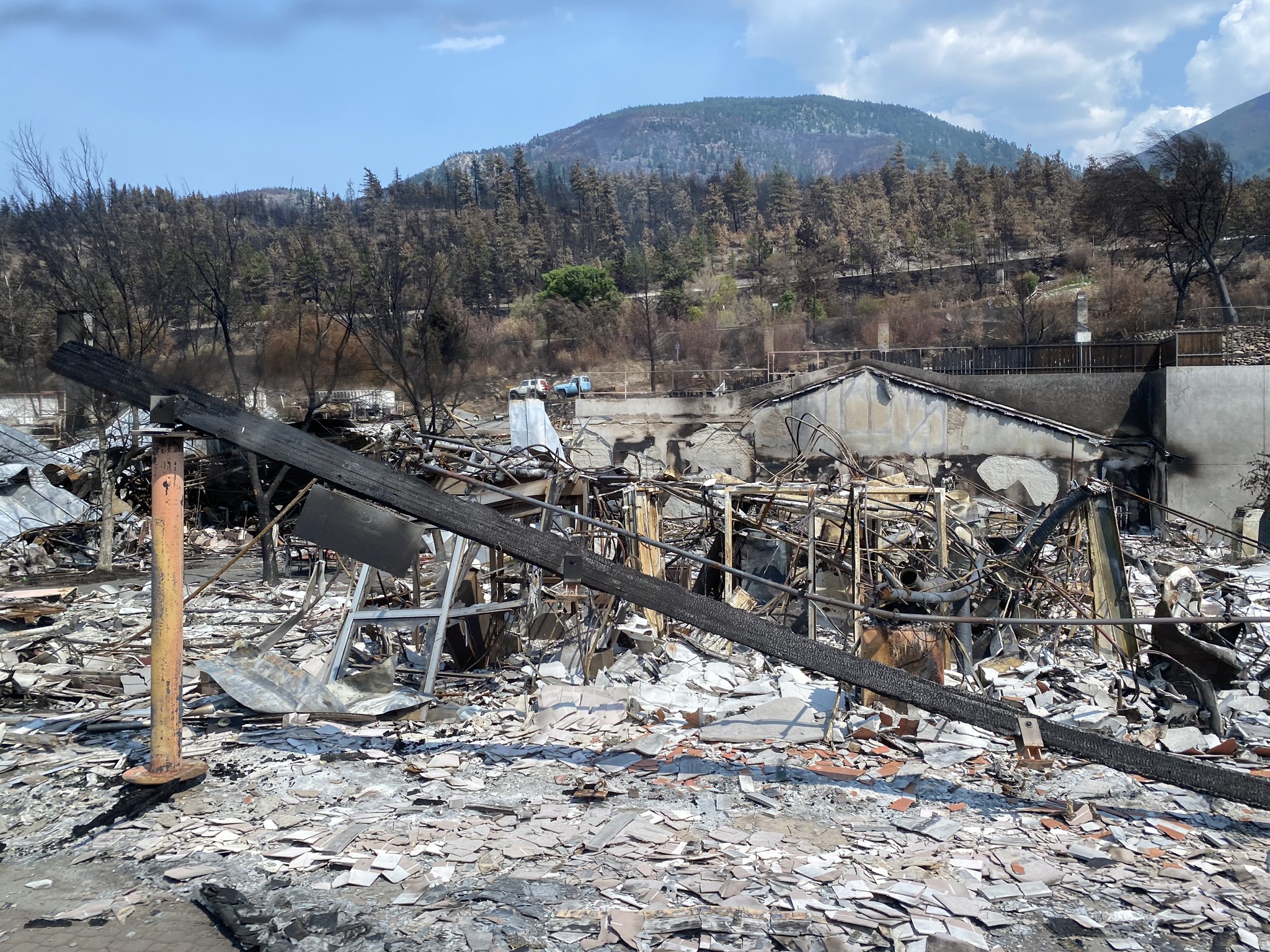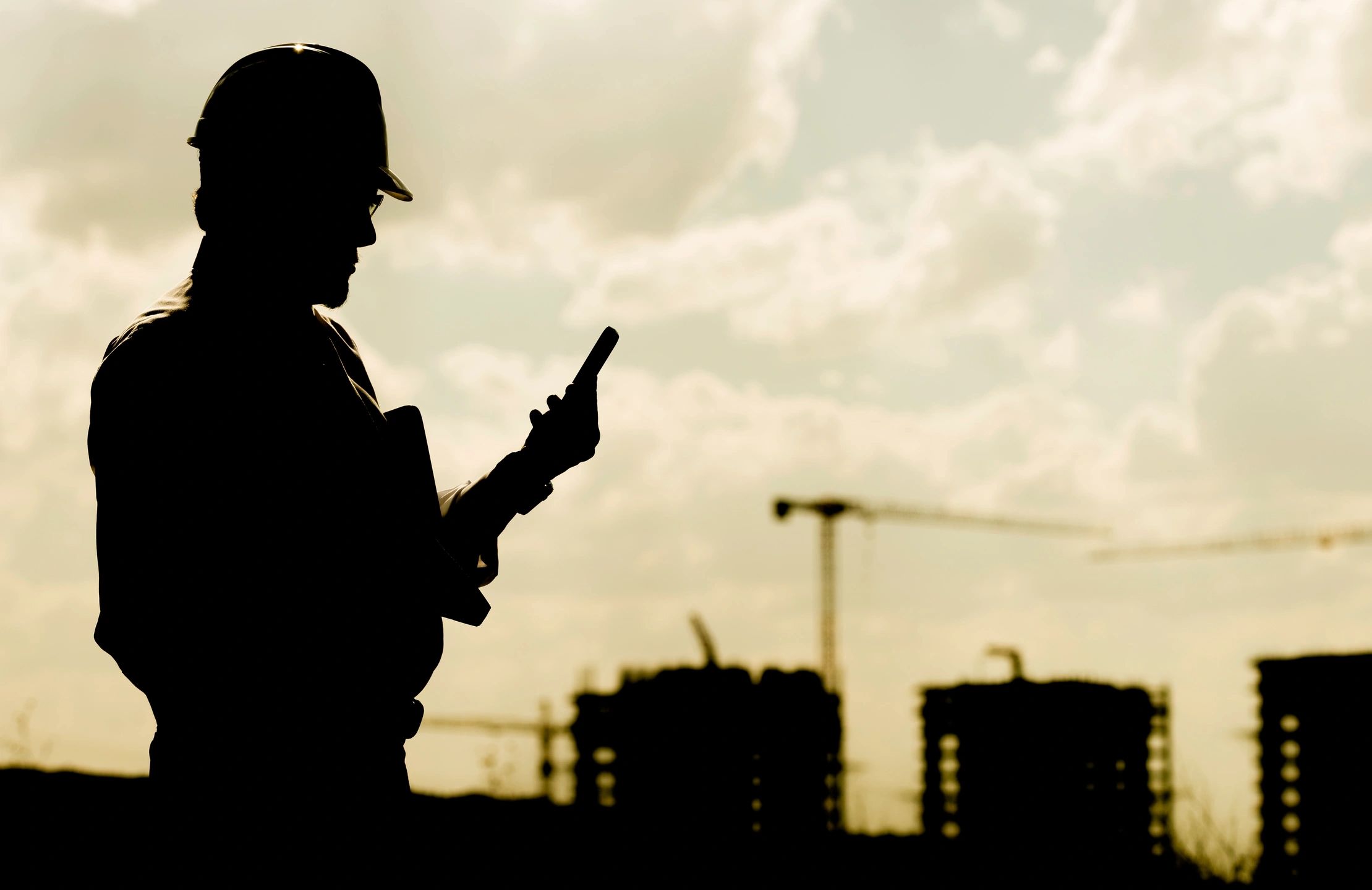When Lytton First Nation elders George and Sharon Brown fled their family home near the village three years ago, they never imagined their community would remain displaced for this long.
Only a handful of people have returned to the village after a catastrophic fire reduced Lytton, B.C., to ash on June 30, 2021.
Despite more than $239 million in provincial and federal funding committed to help rebuild, so far only five homes in the village, which was home to around 250 people, are close to completion, and about 15 building permits have been approved.
According to the press secretary for the Minister of Indigenous Services Patty Hajdu, more than $120 million of that money went to Lytton First Nation to support recovery, plus an additional $1.3 million to fast-track 20 homes and help construct more than 175 homes using the Housing Accelerator Fund.
Additionally, the Insurance Bureau of Canada estimates the Lytton fire caused more than $102 million in insured damage in 2022. Canadian Pacific Kansas City railway also committed more than $1 million to help with the rebuild.
Delayed Construction.
Those who had insurance and started trying to rebuild have faced unique hurdles.
Lytton sits at the confluence of the Fraser and Thompson Rivers and is one of the oldest continuously inhabited settlements in North America.
Early maps revealed that buildings were constructed on burial grounds. After the fire, artifacts began to appear as soil was hauled away.
In B.C., all archaeological sites are protected under the Heritage Conservation Act. Potential dig sites can’t be touched without a permit and must be assessed first. In Lytton, assessments are being conducted by AEW, a company linked to the Nlaka’pamux Nation Tribal Council.
Some residents have received estimates or invoices for thousands of dollars for archaeological monitoring or work. Reserve land is federal and thus exempt, according to the mayor. However, archaeological work is not covered by insurance.
Some residents are refusing to let archaeologists on their properties due to fear of costs. This is stirring tensions between First Nations and non-Indigenous residents who are frustrated with the delays.
Building permits also take time due to updates to the provincial building code that went into effect this spring.
“People don’t expect the timeline it takes for insurance to process their claim. It’s probably not as much insurance as it is the bureaucracy within the provincial government wanting to do this right,” said Dan Wollf, founder of Legacy Pro Contractors, who is putting the finishing touches on one of the first homes to rise again in town.
There’s also a federal grant program only available to property owners who rebuild to meet Net-Zero and fire resiliency standards. This creates added costs, as trained contractors are in demand and charge a lot.
Construction is expected to start on their replacement home by fall.



